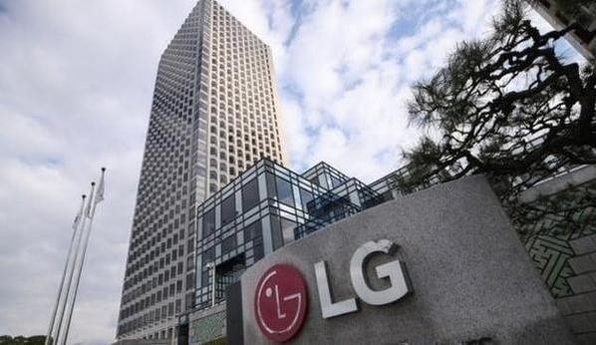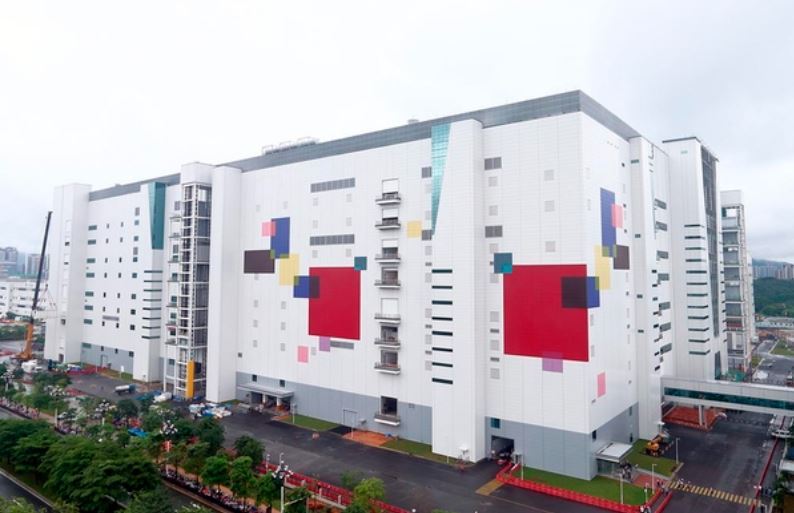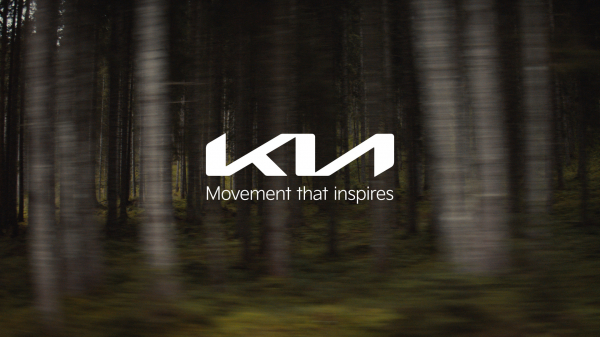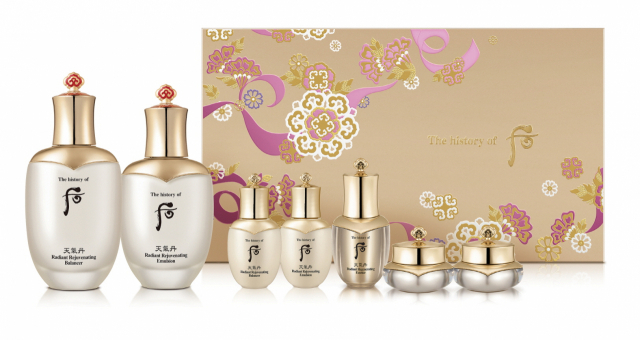LG Chem, LG Display, Kia and a score of other companies on Wednesday released business results from the final quarter of 2020, summing up a year hit hard by the infectious disease and restrained consumer sentiment.
Despite the unfavorable market conditions, some managed to report surprisingly strong earnings in the face of adversity.
LG Chem breaks record
 |
LG headquarters in Yeouido, Seoul (Yonhap) |
Strong battery sales pushed revenues of LG Chem to a record high in 2020.
The country’s leading chemical company reported annual sales of 30.05 trillion won ($27.1 billion), surpassing the 30 trillion-won mark for the first time. Compared to a year ago, sales grew 9.9 percent.
Operating profits also spiked 185.1 percent on-year to 2.35 trillion won.
LG Chem also broke records in quarterly figures.
In the final three months of the year, LG Chem earned 8.85 trillion won, up 19.9 percent from the previous year, while its operating profit registered 673.6 billion won.
“Amid the pandemic, the annual revenue saw a 10 percent growth and exceeded a 30 trillion-won mark for the first time. In the fourth quarter, LG Chem further strengthened its competitiveness through the successful split-off of its battery business division,” said LG Chem Chief Financial Officer Cha Dong-seok.
LG Display bounces back
 |
8.5 generation OLED plant in Guangzhou, China (LG Display) |
LG Display, which in the third quarter of last year swung to profit after six consecutive quarters of operating deficits, reported strong fourth quarter results on the back of increased demand for panels for IT gadgets and TVs.
Its operating profit for the November-December period came in at 685 billion won, which beat market expectations. Compared with a quarter earlier, the figure was up 318 percent.
Revenue stood at 7.4 trillion won and net profit was 620.9 billion won.
The strong fourth quarter figures pulled up its full-year results.
The company’s operating loss in 2020 was reduced by 1.3 trillion won ($1.1 billion) to 29 billion won, from the previous year’s 1.36 trillion won. Its full-year net loss was 70.6 billion won, another 98 percent on-year increase from 2019’s 2.8 trillion won.
FnGuide, a financial data analysis service, had projected a 2020 operating loss of 408 billion won for LG Display.
Seo Dong-hee, LG Display’s chief financial officer, credited the performance to increased sales of organic light-emitting diode panels, as well as the company’s agile response to maximize opportunities in the contactless, non-face-to-face market environment.
In the fourth quarter, the continued work-from-home culture due to COVID-19 led to more sales of diverse display panels, and to increased demand for large OLEDs and plastic OLEDs, LG Display said in a press release.
IT panel sales accounted for the biggest portion at 37 percent, whereas TV panels made up 29 percent and mobile panels and other items amounted to 34 percent.
Kia’ Q4 net profit almost triples
 |
Kia's new brand logo and slogan (Kia Corp.) |
Kia Corp., South Korea’s second-largest carmaker and sister brand to Hyundai Motor, saw its latest quarterly net profit nearly triple from a year earlier, on the back of improved product mix.
The company’s net profit from October to December last year came to 976.75 billion won ($883.78 million), up from 346.36 billion won observed a year earlier, the company said Wednesday in a statement.
Operating profits also more than doubled to 1.28 trillion won from 590.52 billion won, while sales expanded 5 percent to 16.91 trillion won from 16.11 trillion won during the same period.
The company’s debt ratio during the given period climbed 11.3 percent to 102.3 percent, with 4.2 trillion-won debt against 928 billion-won capital.
Full-year-wise, Kia Motors’ revenue rose 1.8 percent on-year to 59.1 trillion won, and operating profit increased 2.8 percent on-year to 2.06 trillion won. Net profit fell 17.7 percent on-year to 1.5 trillion won.
The company credited its fourth quarter performance to a cut in incentives and improvement in average sales price.
“Partial strike and COVID-19 has adversely affected business environments,” Kia said in a press release, “We have still managed to improve our performance through increased sales of high profit-yielding vehicles.”
Kia’s vehicle line includes Sonet, Seltos, Sorento, Carnival, Telluride and Sportage.
In terms of wholesale transaction, Kia said it sold more than 742,000 cars -- more than 137,000 units in Korea and 605,000 overseas.
The most drastic improvement was observed in India, where the company’s sales rose 85.6 percent on-year during the final three months of the year. The regional growth, along with the 4 percent on-year growth in the US market, offset the decline in most other markets, officials said.
The automaker saw its sales drop 5.2 percent here, 7.3 percent in Western Europe and 11.3 percent in China during the final quarter.
Based on its latest performances, Kia has decided to pay a 1,000 won-per-share dividend, with total payout amounting to 400.9 billion won.
LG Household & Health Care to pay W184.4b in dividends
 |
The history of fu (LG Household & Health Care) |
Beauty product sales faltered, but household items towed LG Household & Health Care’s 2020 performance.
Despite the difficult business environment, the company managed to continue its 16-year growth streak. LG Household & Health Care decided on dividends of 11,000 won per ordinary share and 11,050 won per preference share. The total payout amounts to 184.4 billion won.
The company reported full-year revenue of 7.8 trillion won and operating profit of 1.2 trillion won, up 2.1 percent and 3.8 percent, respectively, on-year.
The fourth quarter revenue alone was 2 trillion won and operating profit was 256 billion won, up 4 percent and 6.3 percent on-year, respectively. These were the company’s best-ever fourth quarter results.
But LG Household & Health Care’s beauty business fell 6.1 percent and 8.3 percent, respectively, in revenue and operating profit compared with the previous year. The company made 4.4 trillion won in revenue and 822 billion won in operating profit in the beauty sector.
The home care and beauty business, on the other hand, grew 25.9 percent in on-year revenue at 1.8 trillion won, and posted 63 percent growth in operating profit at 205 billion won.
By Lim Jeong-yeo (
kaylalim@heraldcorp.com) & Kim Byung-wook (
kbw@heraldcorp.com)











